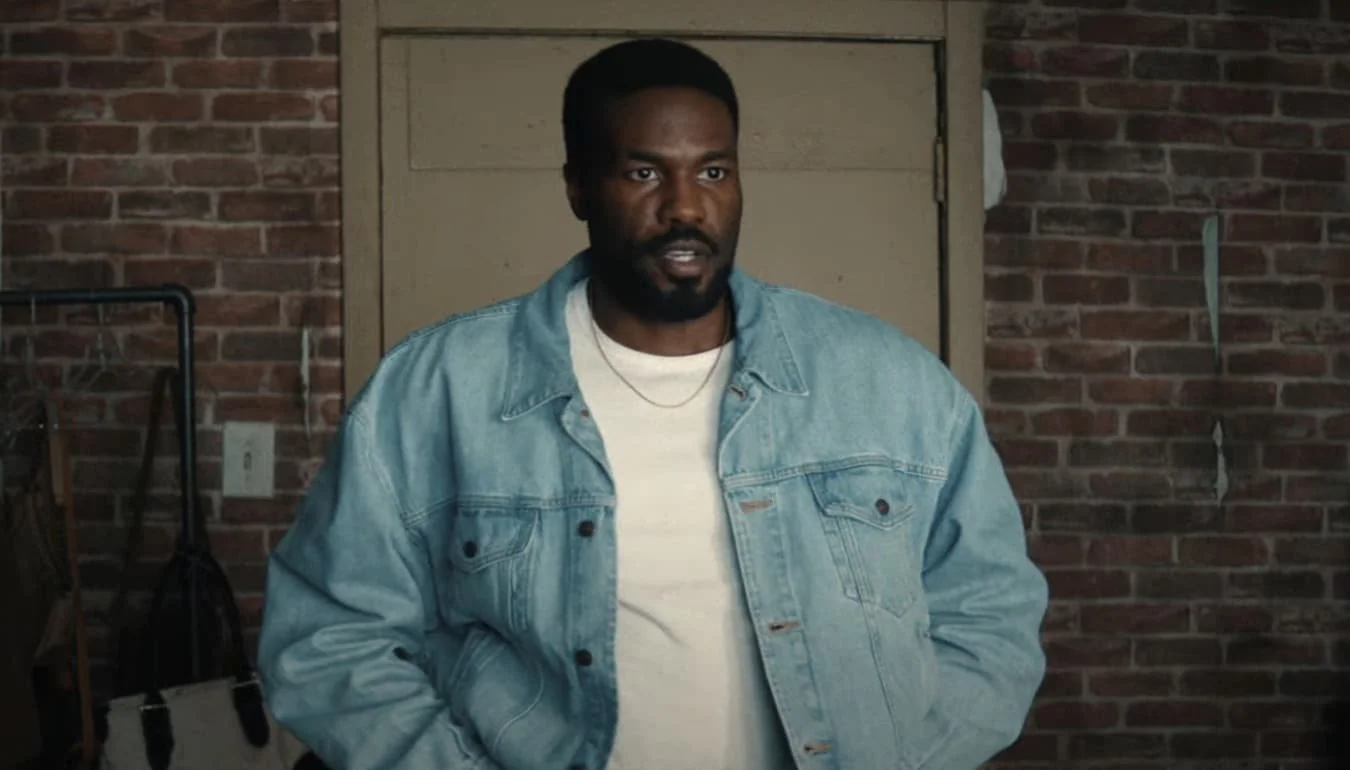The Man Who Killed Don Quixote
/As a cornerstone of modern literature, it’s oddly appropriate that The Man Who Killed Quioxote (directed by Terry Gilliam—Monty Python; Fear and Loathing in Las Vegas) extends the mythos that gave us the word quixotic by adapting its story for today’s world. It’s a delightfully meta concept: here we have an old Spanish shoemaker (Jonathan Pryce) who starred as Don Quixote in a student film a decade prior; now, he believes he is Don Quixote. The original novel was predicated on the idea of a character under the illusion that he could inhabit a medieval, chivalrous character. It’s a concept reminiscent of films like Synechdoche, New York (2008), leaning into the novelty of its premise with the promise of delivering in the details of its execution.
The music for the trailer of its US release, due in March, cleverly plays on the film’s premise. The first fourteen seconds of the trailer sonically prepare the audioviewer for a period piece, as might be expected for a film ostensibly focusing on Miguel de Cervantes’ 1605/1615 episodic classic. Plaintive harp and swelling strings serve in the introduction of Don Quixote, as at first the trailer suggests a straight biopic-style delivery—until 0:15, that is, as an on-screen director cuts the scene. As the title card turns Gilliams’ difficulty in producing the film into a virtue (“25 years in the making”), Spanish trumpets and mixed percussion turn the scene towards a decidedly more comedic tone as we witness the director, Toby Grisoni (Adam Driver), live life on and off the set.
Things take yet another sonic U-turn at 0:37, with a very different aural palette of upper-register pitched percussion, dramatic chord changes in the strings, and a sprightly 6/8 meter, sounding more akin to Driver’s better-known appearance in Star Wars. The music is key to guiding the narrative—clueing in the audience to the fact that, in the passage of time, the shoemaker now believes he really is Quixote (perhaps, the quintessential example of situational irony).
0:55 takes yet another turn with the introduction of a definitely modern instrumental track headed up by lightly distorted electric guitars. This underscores the onscreen incredulity of those who encounter “Quixote”. The remainder follows in a more comedic style, steadily taking this beat for the latter half of the trailer.
This trailer for The Man Who Killed Don Quixote is fairly unique in the way that its edit layers, juxtaposes, and alternates dreamy soundscapes more befitting of silver screen epics with the sounds of everyday modernity. In the tight space of the trailer form, these tracking and editing choices effectively convey a sense of the narrative complexity of the film.
— Curtis Perry







